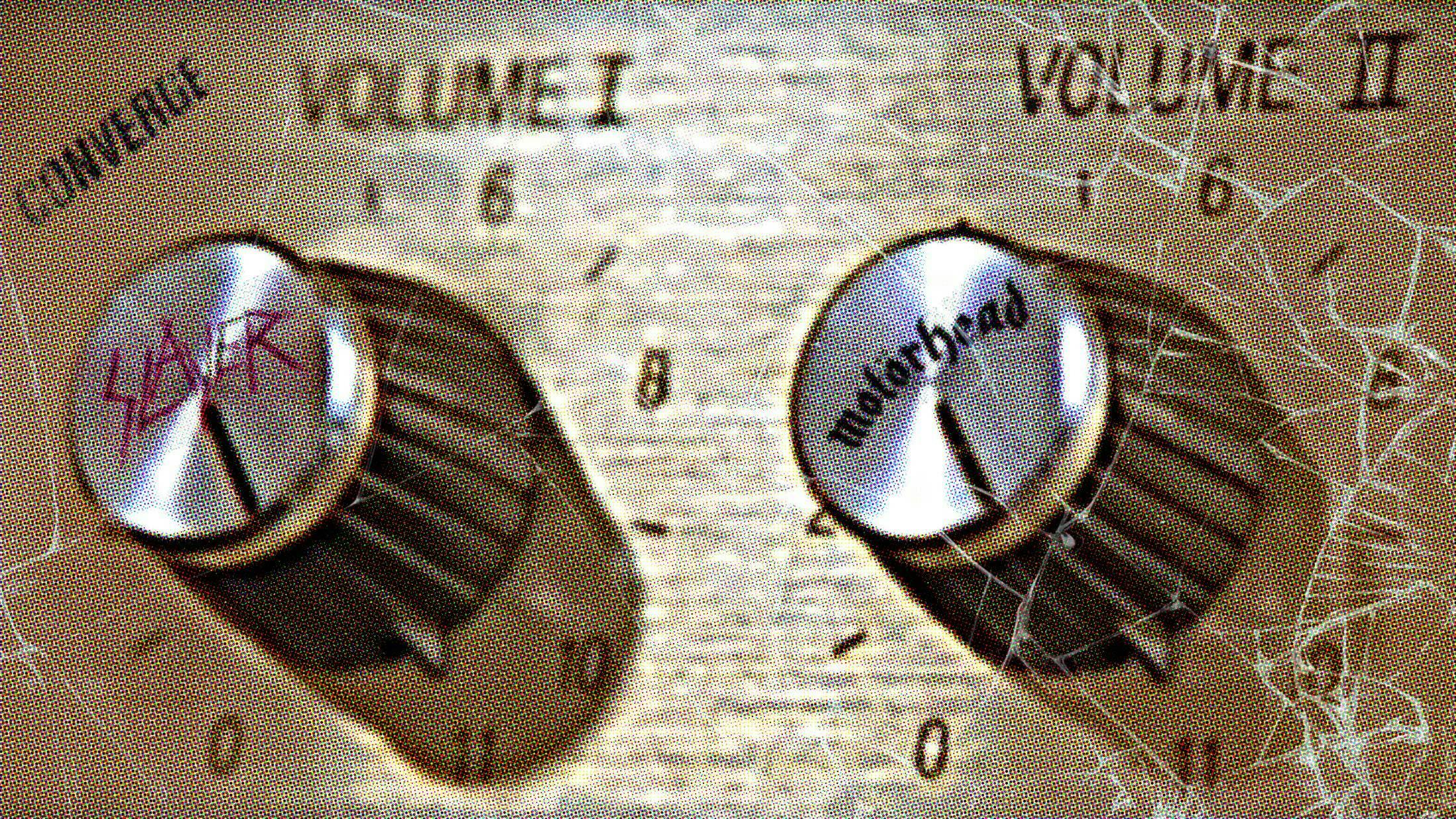The title of world’s loudest band is disputed, but there’s more to being loud than just volume. Although KISS measured an incredible 136dB in Ottawa in 2009, bands as varied as Part Chimp, Killing Joke, Iron Maiden and Agnostic Front can all claim credit for making a din so loud it can feel like a personal attack.
Here we celebrate outstanding achievements in the field. Volume can be measured, whereas loudness is subjective, and merely cranking up introduces distortion, which is uncomfortable and often unmanageable.
Even when "loudness" is desired on a recording, one can only take volume so far in the studio – no microphone is built to record an amp cranked "up to 11". This is also the reason bands record in soundproof environments. Clayton Dillon from Snoring Source notes that soundproofing a studio is conducive to better recording quality and helps to prevent airborne and structure borne sound from entering the environment, as well as leaving it.
But that hasn't stopped bands from pushing the limits on stage. In 1974, The Grateful Dead strapped together 604 speakers for their ‘wall of sound’, maintaining perfect quality a quarter of a mile from the stage. The set-up, however, cost £350,000 and was too difficult to dismantle and transport. They retired the rig after 37 shows.
